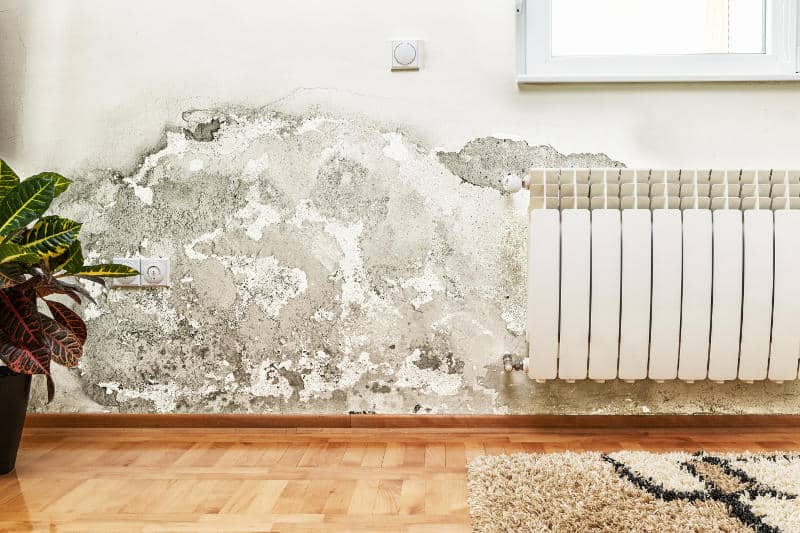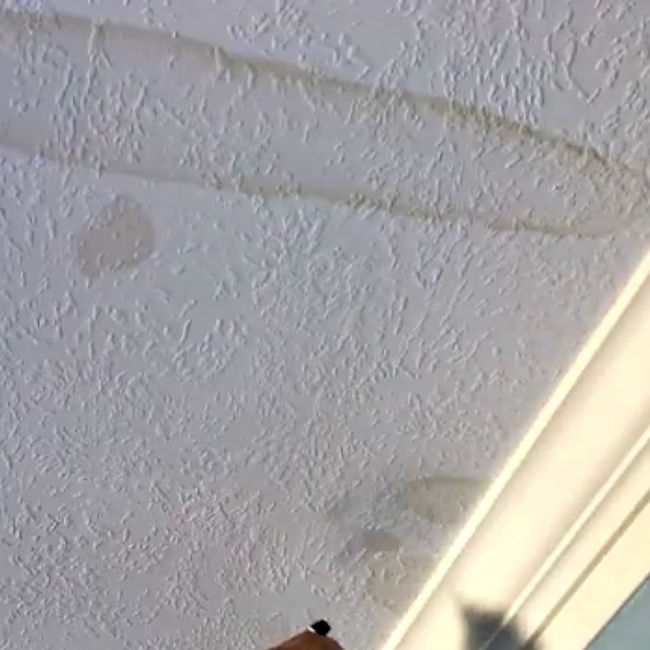Ways to Spot and Fix Stains from Water Quickly
Ways to Spot and Fix Stains from Water Quickly
Blog Article
Were you trying to locate information concerning Indicators of Water Damage Behind Walls?

Water stains on wall surfaces are not enjoyable to the eyes. Occasionally it seems almost inescapable to experience water discolorations on walls in residences.
Property owners staying in damp areas continuously manage the concern of water spots on wall surfaces. That does not have to be the case for you. With accurate as well as well-rounded info on the reasons for water discolorations and also punctual repair procedures, you will certainly always be a step ahead of such occurrences. This article assures to be a handy overview for you.
3 Usual Causes of Water Stains on Walls
In contrast to common belief, water stains on walls do not always originate from poor structure materials. There are numerous sources of water stains on walls. These consist of:
Poor Drain
When making a structure strategy, it is vital to ensure appropriate drainage. This will prevent water from permeating into the walls. Where the drainage system is clogged or missing, underground dampness builds up. This links to too much moisture that you observe on the wall surfaces of your building.
So, the leading cause of wet walls, in this situation, can be a poor drain system. It can additionally be due to bad monitoring of sewer pipes that go through the building.
Moist
When hot wet air meets with completely dry chilly air, it creates water beads to base on the wall surfaces of buildings. This takes place in restrooms and kitchen areas when there is heavy steam from cooking or showers. The water beads can discolor the bordering walls in these parts of your residence and spread to other areas.
Wet or condensation impacts the roof covering as well as walls of buildings. This creates them to show up darker than various other locations of the house. When the wall surface is wet, it creates an appropriate atmosphere for the development of germs and also fungis. These might have unfavorable impacts on health and wellness, such as allergies as well as breathing conditions.
Pipe Leaks
Many homes have a network of water pipes within the wall surfaces. This ensures that the pipelines are well away from the reach of destructive rats. It constantly raises the viability of such pipelines, as there is little oxygen within the walls. This prevents corrosion.
Yet, a downside to this is that water leak influences the wall surfaces of the structure and triggers widespread damages. An indication of malfunctioning pipes is the look of a water stain on the wall.
Water Discolorations on Wall: Fixing Tips
House owners would normally want a quick fix when handling water spots. They would certainly quickly recognize this is disadvantageous as the water stains persist. So, below are a couple of helpful suggestions that will guide you in the repair work of water stains on wall surfaces:
Pro Pointer
A houseplant in your home additionally raises its moisture. So, if your house is already humid, you may wish to introduce houseplants with marginal transpiration. An example of ideal houseplants is succulents.
Final thought
Although no one intends to have water discolorations on walls in their house, it can occur to the very best people. This write-up offers you take advantage of, as you now understand how to manage this mishap if it does take place.
It is always best to hire specialist services to aid repair the damages in your house.
In some cases it appears practically unavoidable to experience water discolorations on walls in residences.
In contrast to preferred idea, water spots on wall surfaces do not constantly stem from poor structure products. There are a number of causes of water stains on walls. The water beads can tarnish the bordering wall surfaces in these parts of your residence and spread to other locations.
Here are a few handy ideas that will assist you in the repair work of water stains on wall surfaces:
CHECKING FOR WATER DAMAGE
Water damage can be costly, and it may begin before you even notice the first signs of trouble. Water damage can cause mold and mildew in your walls and floors, which can create an abundance of health concerns for your family. It can also lead to costly repairs of various appliances and general home fixtures. To avoid the pricey consequences of water damage, here are Warner Service’s top 5 places you should check:
The walls – The easiest place to spot the beginnings of water damage is on the walls and ceilings of your home. If water damage is present, there will most likely be water stains, especially around the windows and doorframes, and/or cracks in the drywall. If a stain looks unusual (discolored to brown, black or gray, raised texture), has a swollen appearance or is soft to the touch, contact a professional immediately. The pipes – To avoid water damage, consistently check the pipes in your kitchen (especially the dishwasher and ice maker), bathrooms, laundry room (specifically washing machines) and basement for corrosion, leaks and water stains. Pay special attention to where the pipes connect in your home and the location of caulking around the bathroom fixtures, including toilets, sinks, showers and tubs. Missing or loose caulking and grout could be signs of leaking water. This seepage can also quickly cause mold and rust, so double check your water heater and tank for wet spots on the floor. The floor – Water damage is very easy to spot on the floor. Look for any warping or buckling of the material, especially in the basement. If your home has wood flooring, look for bright white or dark stains. If your home has carpeting, keep it dry and clean. A damp carpet that smells of mold could cause water damage and health problems. To avoid this, consider installing floor pans under your appliances to help prevent damages from small, slow and undetected leaks. The basement and attic – If your basement or attic smells odd check for mold and mildew around the area, especially the valley where the roof meets. While you are inspecting those areas, check for wall cracks, floor stains, rust and dampness in the insulation. If you live in a colder and/or rainier climate, perform routine checks for water damage from melting snow or ice and rain. The exterior – Check the roof for damaged flashing and missing, cracked or curled shingles. There should also be no standing water anywhere outside your home. This could be caused by puddles, leaky rain gutters or hoses, poor drainage, or short gutter spouts. Invest in a sump pump system or water flow monitoring system, and perform routine maintenance on these outdoor appliances to avoid indoor water damage.

As a keen person who reads on Water Stains on Walls, I figured sharing that piece of content was worthwhile. Liked our piece? Please share it. Help other people find it. I appreciate reading our article about How to Remove Water Stains from Walls and Ceilings.
Quick service, just dial! Report this page